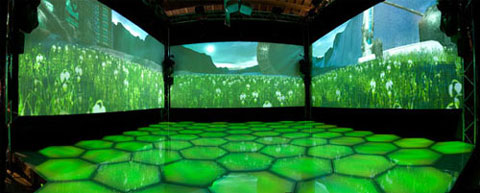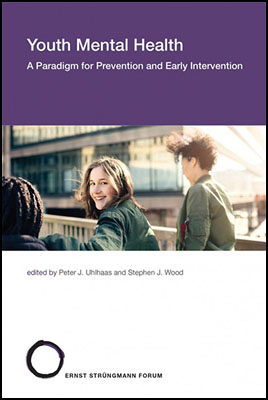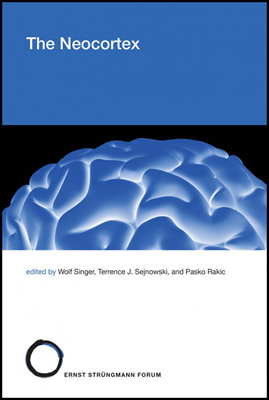curso.jpg)
curso.jpg)
The infrastructure and narrative of Re(per)curso. (a) In the design of the mixed reality performance of Re(per)curso, the stage and the virtual world were conceptualized as an integrated system, an inside-out robot. The sensors of the system were a visual tracking system that captured the position and movements of the performers, microphones, and two drum carpets. Sensor states were mapped onto the neuronal simulation environment IQR (Bernardet and Verschure 2010) and used to define the states of the synthetic actors. Unique to the performance is the fact that the only humans that define the audiovisual content are performers themselves. (b) Designing a performance for interaction implies that the way the narrative and score are developed needs to be reconsidered. The main reason for this is that one has to choreograph a potential set of states of the performance, as opposed to a single one, that will be accurately reproduced. The enabling technology for a mature performance of this kind is an autonomous composition engine. Experiments show that designing for sound, visuals, or dance can be captured in one integrated system based on the DAC architecture, now deployed as a multimodal narrative engine, and that the interaction with the world itself can be the source of creativity and expression. © SPECS.
curso.jpg)
curso.jpg)
curso.jpg)


